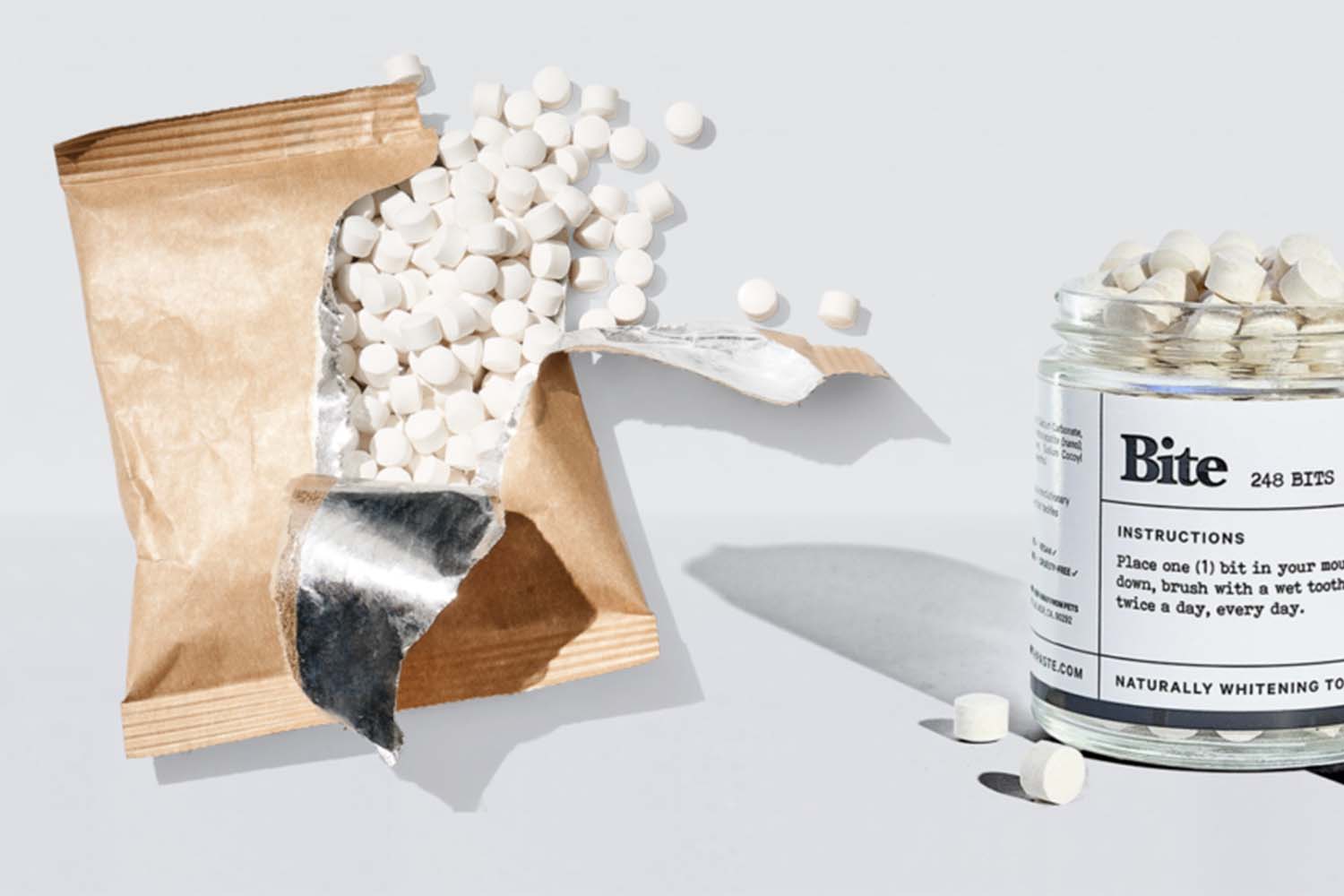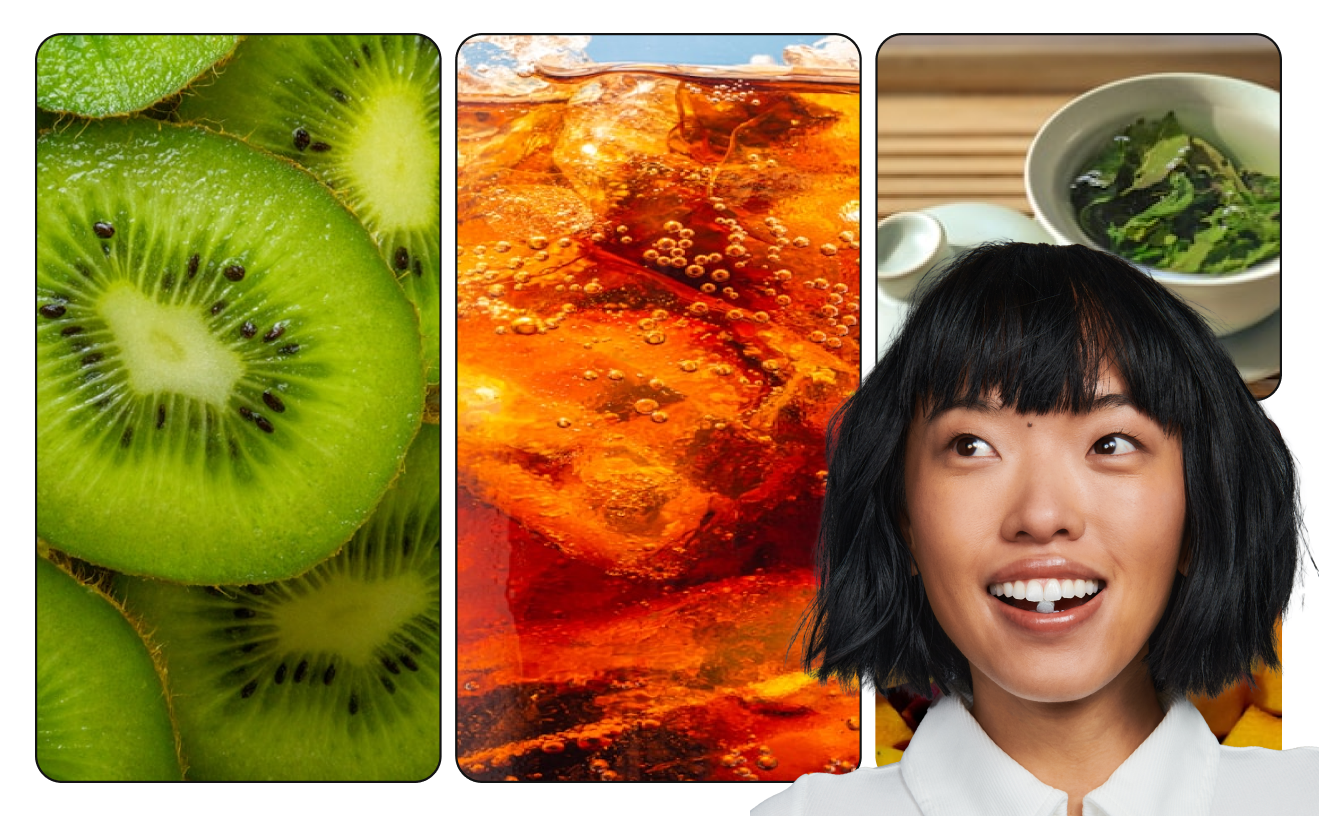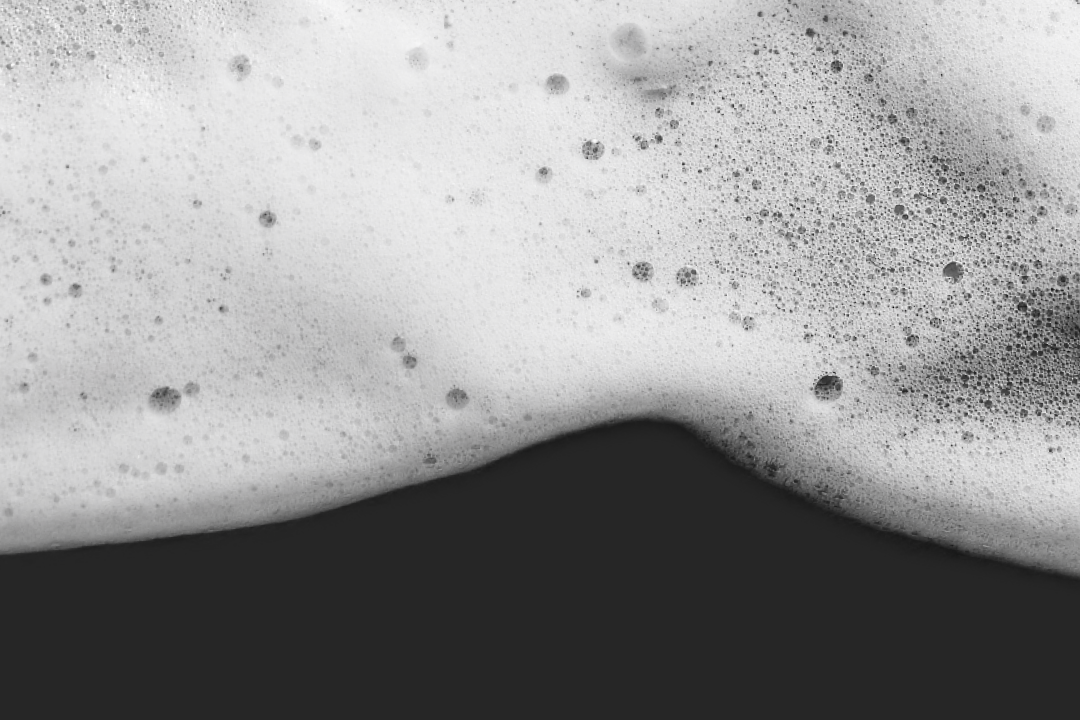Plastic Life Cycle: Everything You Need To Know
You’ve probably heard about how recycling in order to reduce plastic waste is essential. But a lot of us might not know the full extent of how long plastic actually exists in landfills and other locations before completely decomposing.
(Spoiler alert: it’s a really long time.)
Understanding just how detrimental plastic waste can be to the environment is essential so you can make more educated decisions about using, reusing, and recycling plastic products.
Here’s everything you need to know about the life cycle of plastic.
How Is Plastic Made?
Despite the fact that plastics are regarded as one of the most widely used synthetic materials, plastics are derived from natural resources (we know, right? Mind blown).
Organic matter like cellulose, coal, sale, natural gas, and crude oil are all used to create plastic materials.
Plastics are made through a process called polymerization or polycondensation. In the former, ethylene and propylene, which are molecules that can be bonded to other identical molecules, are linked together to form polymers. These polymers have their own size and structure depending on the desired final use of the plastic.
While properly disposing of plastic is important, it’s arguably just as important to limit your plastic use entirely. This is because the process above uses an extremely high amount of crude oil and other natural gasses, which are major contributors to environmental pollution. If we can take steps to limit plastic waste from the ground up, we can take steps towards a cleaner planet.
What Is the Life Cycle of Plastics?
We use plastic all the time, but not all types of plastic are made equal. Let’s take a look at the life cycle of different types of plastic so you can be more mindful of your usage.
Plastic Bags
Plastic bags have a shorter decomposition rate as compared to many other plastic materials – it takes about 20 years to decompose fully. While that’s still over ¼ of an average human lifespan, bags can have a devastating impact on the environment because they can break up into smaller pieces as they break down. These small pieces may eventually be consumed by animals, leading to potentially fatal consequences.
Try using paper bags instead. Better yet, opt for reusable bags, as these can save you money in locations that charge a bag tax.
Plastic Straws
Maybe you’ve heard of boycotting plastic straws to save the turtles but aren’t quite sure how the two are related. Believe it or not, plastic straws really are that harmful.
Plastic straws can remain in the environment for up to 200 years before decomposing.
Paper straws are an eco-friendly alternative, or you can use metal, reusable straws for your favorite iced beverages. Of course, you can even ditch the straws entirely and just sip the old-fashioned way.
Plastic Bottles
The energy that is required to produce plastic water bottles could fuel an estimated 1.5 million cars for a year. On top of that, plastic bottles can take up to 450 years to decompose.
Plastic bottles were invented in 1973, so that means that there is not a single plastic bottle on planet earth that is old enough to have decomposed (major yikes).
Go for reusable bottles instead, as this will severely cut back on plastic waste.
Plastic Cutlery
The chemical bonds necessary to make plastic cutlery and plastic cups make them more durable. However, that also makes them much more resistant to actually breaking down.
As plastic cutlery decomposes, which can take up to 450 years, it also releases toxic chemicals into the environment that marine wildlife may end up ingesting.
Stick with your typical metal utensils instead. If you need to use disposable silverware for a party or event, try going with wood, bamboo, or paper utensils as an alternative.
Plastic Toothbrushes
Toothbrushes are made of a special type of super-sturdy plastic called polypropylene, which means that they can exist in landfills for up to 500 years or more. Over 3.5 billion of them get lost in recycling or landfills each year, and they are a major choking hazard for wildlife.
Toothbrushes are a necessary component of your daily routine, but plastic doesn’t need to be.
At Bite, we’re committed to bringing you a healthier smile with 100% less plastic. Our Bamboo Toothbrushes are made from castor beans and Moso Bamboo and even have detachable heads for easy travel and less packaging.
Six-Pack Plastic Rings
There’s nothing better than cracking open a six-pack of your favorite soda, but there’s also not much worse than the plastic rings that hold all of those cans together. These plastic rings can last for up to 400 years in a landfill or ocean — not to mention how hard they are to get off those bottles in the first place (let’s be real).
These can get tangled around wildlife, limiting their movement and possibly even cutting off their breathing ability. Try to purchase from retailers who use cardboard holders instead. If there’s less demand for products that use plastic rings, they’ll be used less often. Even the smallest of actions can make a big difference!
Why Does Plastic Take So Long To Decompose?
The reason that plastic takes so long to decompose is actually a bit more straightforward than you might think.
While organic matter is used to create plastic, the chemical bonds force the substance to become unnatural and synthetic. Since plastic does not exist in nature, there are no organisms that exist which can effectively break it down, if at all.
That’s what’s different about paper or bamboo. These are made from plants, which organisms and bacteria break down on a daily basis. So if you’re going to use single-use materials, this is the way to go.
What Are Plastic-Eating Bacteria?
There is a type of bacteria that “eats” away at plastic called ideonella sakaiensis. The discovery of this organism is important, as it’s the first organism we now know of that is able to decompose plastic. With that said, the process is still extremely slow, and there is not enough of this bacteria in the wild to really do any type of good.
How Does Plastic Impact the Environment?
Plastic impacts the environment in multiple ways.
For one, the production of plastic uses tons of natural gas and contributes to heavy amounts of pollution in the atmosphere. Additionally, since plastic can take hundreds of years to decompose, when it exists in the environment or oceans, it can cause harm to wildlife if consumed.
Not to mention, it looks unsightly to see plastic bottles lying around, and with so many alternatives to plastic waste, it’s easier than you think to cut down on your carbon footprint.
Can All Plastic Be Recycled?
We can recycle most types of plastics. With that said, they must be separated by type of polymer. The good news is that recycling facilities will do this for you, so you can just throw your plastic bottles into the blue or green bin and go about your day.
With that said, a few types of plastics cannot be recycled. Number 3 plastics, such as PVC piping, cannot be recycled. And while plastics labeled 4 through 7 are really difficult to recycle, they are still labeled as recyclable.
If you look at your product and see it labeled with a 1 or a 2, you can easily and safely recycle these without a problem.
What Happens If Plastic Is Not Recycled?
If plastic is not recycled, the chance is high that it will end up in a landfill. Over time, these plastics can release harmful chemicals that bleed into rivers, oceans, and lakes, harming the wildlife within them. It can even potentially contaminate drinking water supplies.
In 2014, Americans discarded 33.6 million tons of plastic, but only 9.5% was recycled. Since recycling is so difficult, we need to take actionable steps outside of recycling to help decrease our environmental footprint.
Can Plastic Be Reused?
Absolutely! In fact, one of the best ways to “discard” your single-use plastic is to reuse it again.
Plastic bags, for example, can be reused multiple times to carry items or store them. However, when it comes to plastic bottles, you’re better off opting for a genuinely reusable alternative —
Plus, you can repurpose plastic products and use them for something different entirely. Use an old jug of fruit or milk to water household plants or save plastic peanut butter jars and use them as storage jars. The possibilities are endless, so get creative!
The Bottom Line
Plastics are one of the most commonly found items in landfills, and they are a major contributor to toxicity in oceans. Plastics can take between 20 and 500 years to decompose fully, and even as they do, they can still be extremely harmful to the environment around them.
While recycling works, not all plastics can be recycled properly. Not to mention, running a recycling facility takes a lot of energy and power on its own.
So what’s the best alternative? How about ditching plastic in its entirety? Our revolutionary products use clean, vegan-friendly, and zero-waste ingredients to help you kickstart your mission to a waste-free lifestyle. Try out our signature Toothpaste Bits for a healthier smile or our first-of-its-kind Deodorant to smell fresh all day long — without the waste.
Sources:
How plastics are made | Plastics Europe


